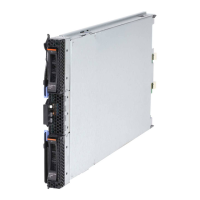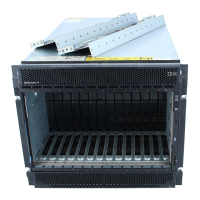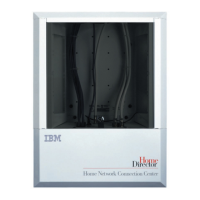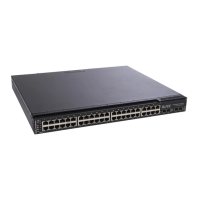Appendix D. Understanding and troubleshooting the Spanning
Tree Protocol
This appendix provide details about how the STP works and describes how to
troubleshoot it.
STP operation levels
STP calculates the bridge identifier (ID) for each switch and then sets the root
bridge and the designated bridges.
The following table shows the user-configurable STP parameters for the switch
level.
Table 9. STP parameters -- switch level
Parameter Description Default value
Bridge identifier
(Not user-configurable
except by setting the
priority as described
in this table)
A combination of the user-set priority and
the switch MAC address. The bridge
identifier consists of two parts: a 16-bit
priority and a 48-bit Ethernet MAC address.
32768 + MAC
Priority A relative priority for each switch. Lower
numbers assign a higher priority and
increase the probability of a switch being
elected as the root bridge
32768
Hello time The length of time between broadcasts of
the hello message by the switch
2 seconds
Maximum age timer Measures the age of a received bridge
protocol data unit (BPDU) for a port and
ensures that the BPDU is discarded when
its age exceeds the value of the maximum
age timer
20 seconds
Forward delay timer The amount time spent by a port in the
learning and listening states waiting for a
BPDU that might return the port to the
blocking state
15 seconds
The following table shows the user-configurable STP port parameters for the switch
level.
Table 10. STP port parameters -- switch level
Variable Description Default value
Port priority A relative priority for each port. Lower
numbers give a higher priority and a greater
chance of a given port being elected as the
root port.
32768
Port cost A value used by STP to evaluate paths 19
© Copyright IBM Corp. 2002 121

